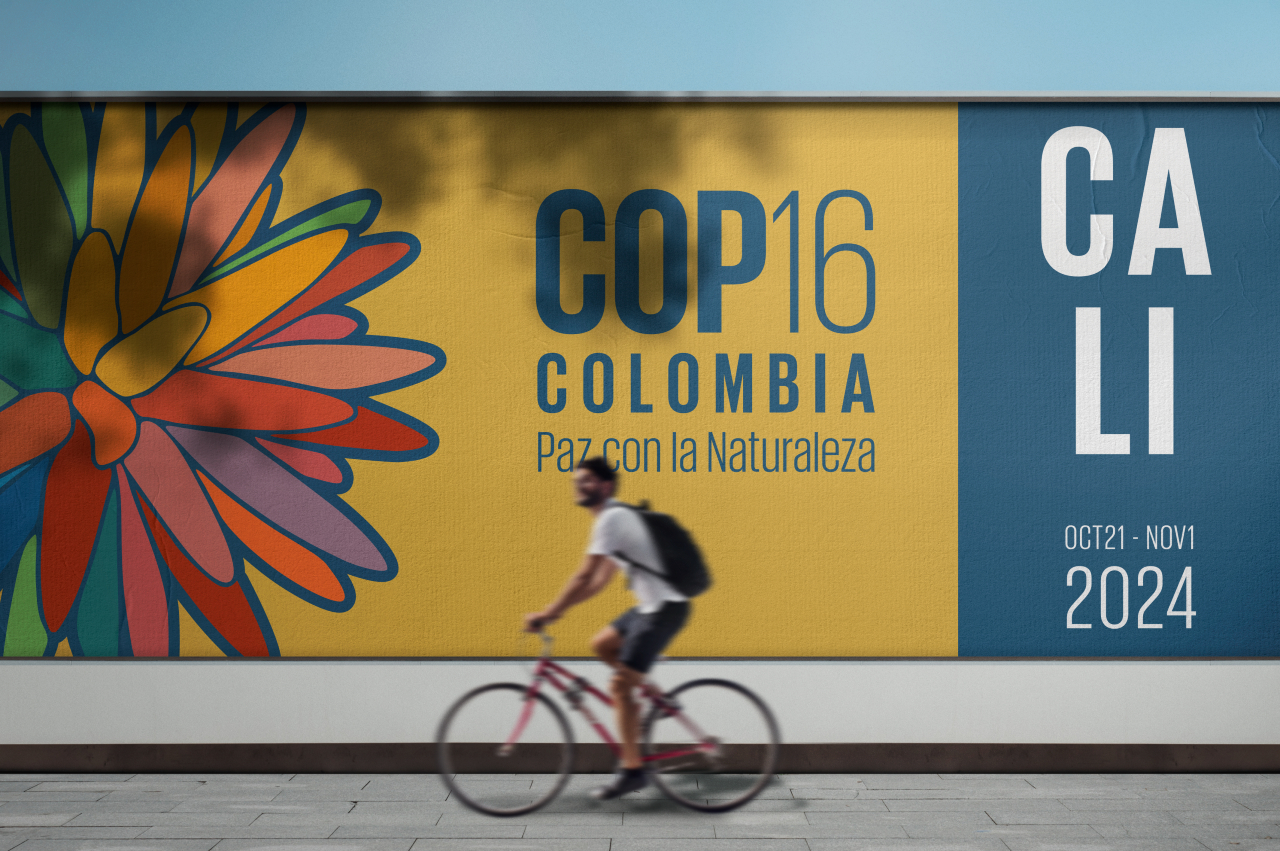On October 21, the World Summit on Biodiversity, COP16which expires on November 1. It is the first COP to be held after the approval of the Kunming-Montreal Global Biodiversity Framework and compliance therewith must be ensured; this, among other things, must be the primary purpose of the COP16. The COP16 must ensure that the different countries implement the EU’s objectives Kunming-Montreal Global Biodiversity Frameworkthat there is the necessary financing and new mechanisms to ensure the integration of biodiversity into sectoral policies.
Biodiversity is the basis of life on earth, it protects health, sustains the economy, combats climate change and supports the agricultural systems that feed the world, among other things.. Partly because of all this, the country is facing the greatest crisis the human species has ever known. The current production and consumption model continues to accelerate the sixth great extinction. Whether this starts to change will largely depend on whether the COP16 which will be held in Cali, grab it By 2030, biodiversity loss will begin to stop.
The central themes of this COP16 are:
- Kunming-Montreal Global Biodiversity Framework (agenda items 8, 10, 15). As approved at COP15, countries must present their national plans to implement the Global Biodiversity Framework. It is essential that during the COP16 A demanding monitoring mechanism and resource mobilization strategy are adopted, allowing developing countries in particular to adequately implement the MMBKM.
- Integration of biological diversity in all sectors (paragraph 17). This is a central issue because as long as an unsustainable development model continues across sectoral policies, biodiversity will continue to disappear, no matter how much effort is made to conserve certain species.
- Financing (agenda 17). Progress is expected in financing measures to make the development of economically less developed countries compatible with nature conservation. A strong commitment is needed to control and eliminate investments by the financial sector in activities that destroy biodiversity (mining, fossil fuels, macro infrastructure, etc.), as well as the elimination of subsidies and government support to all these sectors and activities that are incompatible with life on Earth (agribusiness, aviation, ocean mining, fossil fuel prospecting, nuclear energy, etc.).
- Dangerous new genetic techniques (agenda 9, 24). Decisions must be taken to apply the precautionary principle, to control or immediately ban certain new, risky technological developments synthetic biologyloose gene drivesor the uncontrolled and unfair use by the indigenous population of the digital information about sequences of genetic resources.
- Climate crisis and biodiversity crisis (agenda 25). The Conference must adopt decisions that ensure that measures to combat global warming do not worsen the biodiversity crisis. Examples include the risk that carbon offset mechanisms will entail investments in macro-infrastructure or forest plantations of exotic species, among other measures that could destroy local biodiversity.
COP16 takes place in one of the most biodiverse countries in the world: Colombia
The current president, Gustavo Petro, has been actively involved in both promoting the rectification of ultra-liberal policies that are destroying nature in his country and in involving indigenous communities, who have been separated and marginalized for years, in the management of natural resources . That is why Colombia launched the initiative World peace with nature coalitiona call for global action to rethink the way people interact with the environment for its care, protection and conservation.

